The Ultimate Guide to the Mildest Pepper: Spice Up Your Life Without Burning It Down!
Table of Contents
- 1. What is the Mildest Pepper?
- 2. The Science Behind Mildness in Peppers
- 3. Types of Mild Peppers You Should Know About
- 4. Buying Guide for Mildest Peppers
- 5. Practical Tips for Using Mildest Peppers
- 6. Conclusion
1. What is the Mildest Pepper?
If you're a spice enthusiast but not quite ready to dive into the fiery world of ghost peppers or Carolina Reapers, you might be wondering about the mildest pepper. Well, let's start with this fun fact: the mildest pepper is one that sits at the very bottom of the Scoville Heat Unit (SHU) scale, which measures the heat level of peppers. Some of the most popular contenders include the Bell Pepper, Pimento, and even some sweet varieties like Banana Peppers.
The sentence that expands on the mildest pepper: While Bell Peppers often top the charts as the absolute mildest pepper due to their zero SHU rating, there are other mild peppers out there waiting to be discovered by those who enjoy subtle flavor over searing heat.
2. The Science Behind Mildness in Peppers
To understand why some peppers are milder than others, we need to delve into the science of capsaicin. Capsaicin is the compound responsible for the 'heat' in chili peppers. The less capsaicin present, the milder the pepper will taste. This is why Bell Peppers rank at zero SHUs—they contain no capsaicin at all.
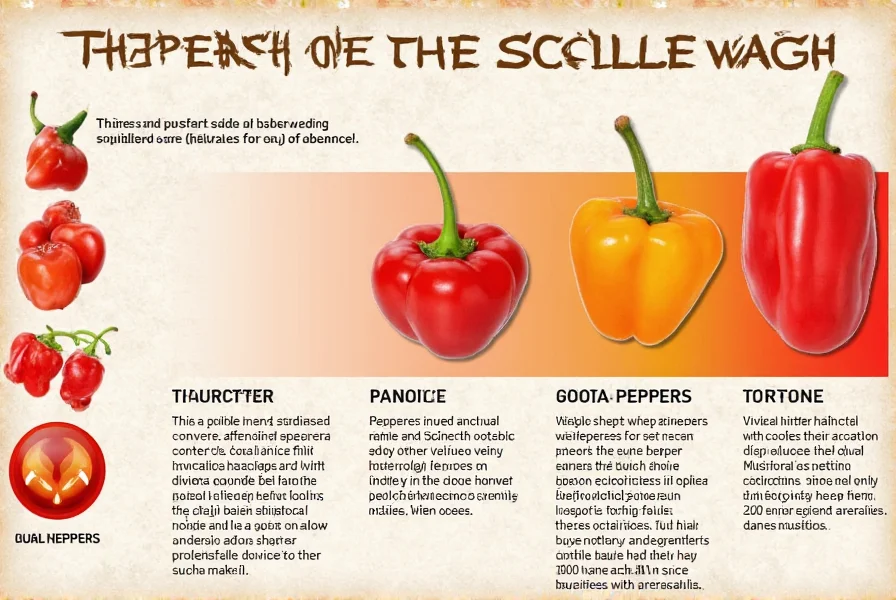
3. Types of Mild Peppers You Should Know About
Beyond the well-known Bell Pepper, here’s a list of other mild options:
- Pimento: A small, red, heart-shaped pepper known for its sweet flavor.
- Banana Pepper: Yellow and long, it has a tangy sweetness with minimal heat.
- Cubanelle: Often used in Italian cuisine, it offers a slightly spicy kick with a fruity undertone.
| Pepper Type | Scoville Heat Units | Ideal Use Cases |
|---|---|---|
| Bell Pepper | 0 SHU | Sandwiches, salads, roasting |
| Pimento | 100–1,000 SHU | Cheese dishes, stuffing |
| Banana Pepper | 0–500 SHU | Pickling, sandwiches |
4. Buying Guide for Mildest Peppers
When purchasing mildest peppers, look for fresh, vibrant colors and firm skins. Here's what you need to consider:
- Color: Choose peppers with bright, uniform colors. For example, red Bell Peppers tend to be sweeter than green ones.
- Freshness: Avoid peppers with soft spots or wrinkles. They should feel firm when gently squeezed.
- Size: Larger peppers may offer more flesh for cooking, but smaller ones can be just as flavorful.
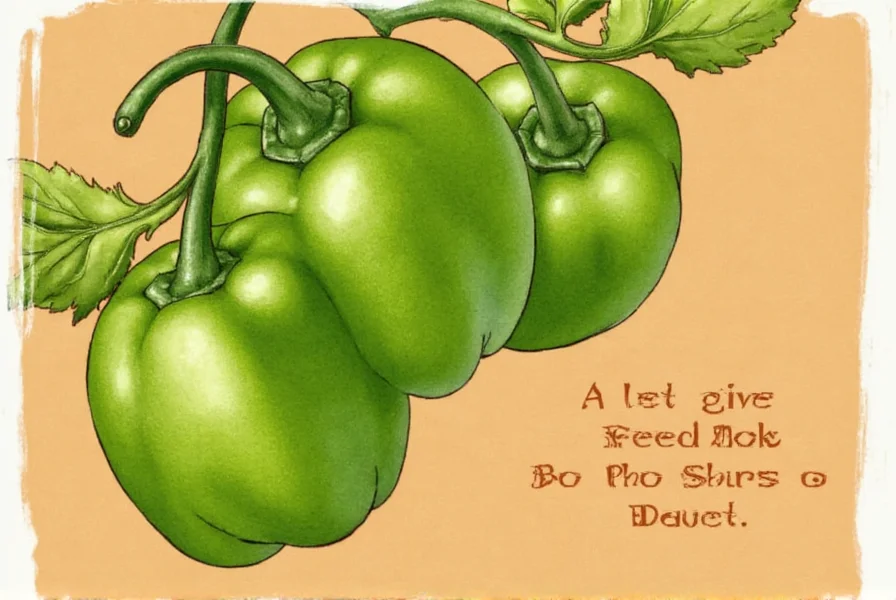
5. Practical Tips for Using Mildest Peppers
Now that you've got your hands on some mildest peppers, here's how to make the most of them:
- Roast Them: Roasting brings out natural sugars and enhances sweetness.
- Stuff Them: Use larger peppers as vessels for rice, quinoa, or cheese mixtures.
- Pickle Them: Try pickling Banana Peppers for a tangy snack.
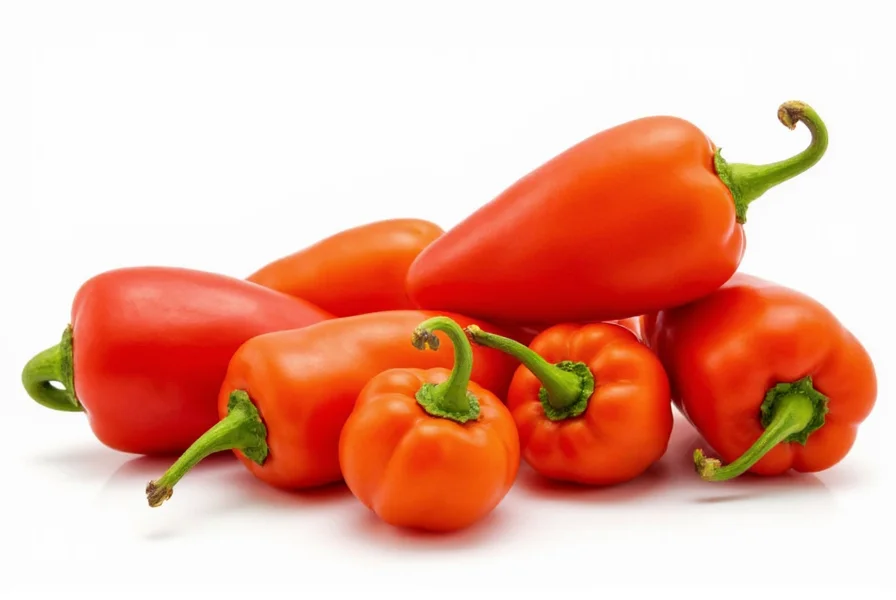
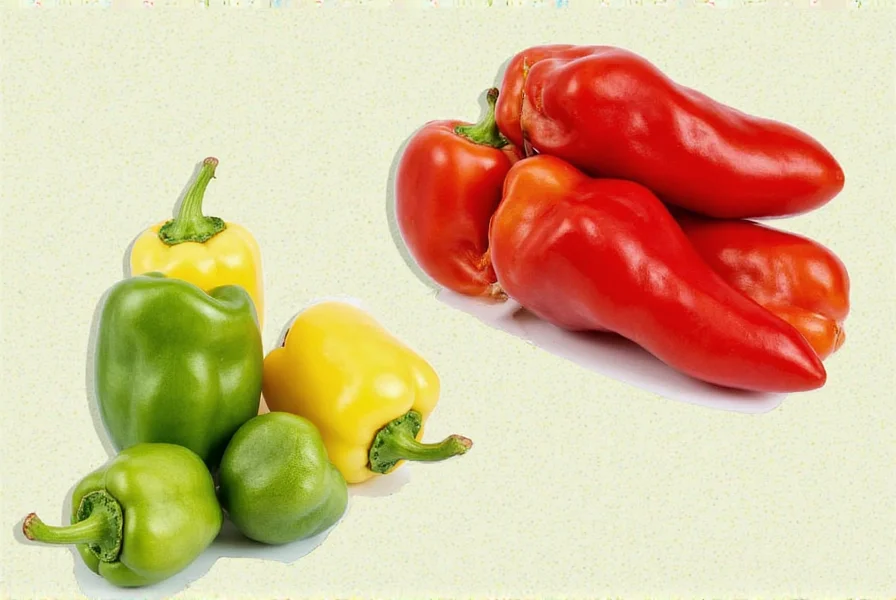
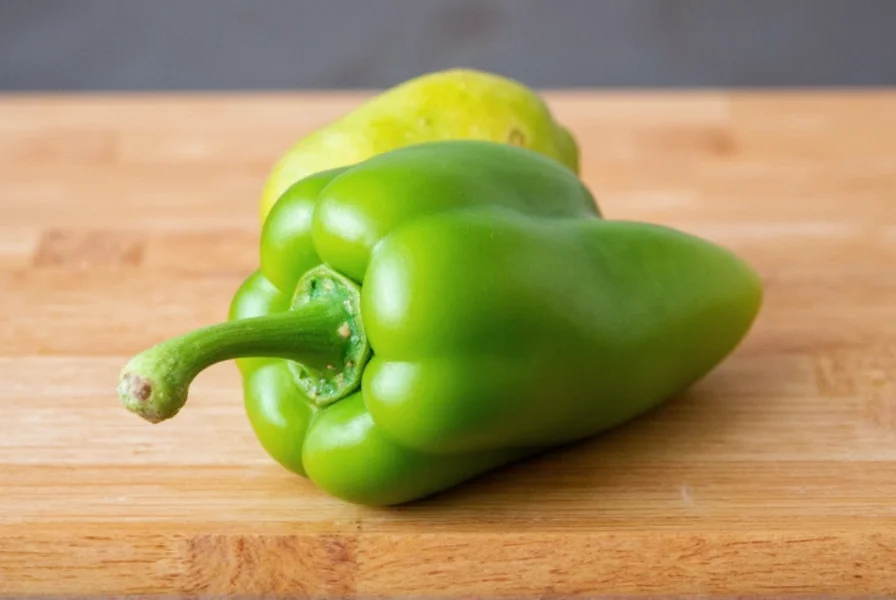
6. Conclusion
Exploring the world of mildest peppers opens up endless possibilities for enhancing your meals without overwhelming your palate. Whether you're roasting Bell Peppers, stuffing Cubanelles, or pickling Banana Peppers, these versatile ingredients add depth and flavor to any dish. So next time you're at the grocery store, don't forget to grab some of these mild wonders and experiment in the kitchen!










 浙公网安备
33010002000092号
浙公网安备
33010002000092号 浙B2-20120091-4
浙B2-20120091-4